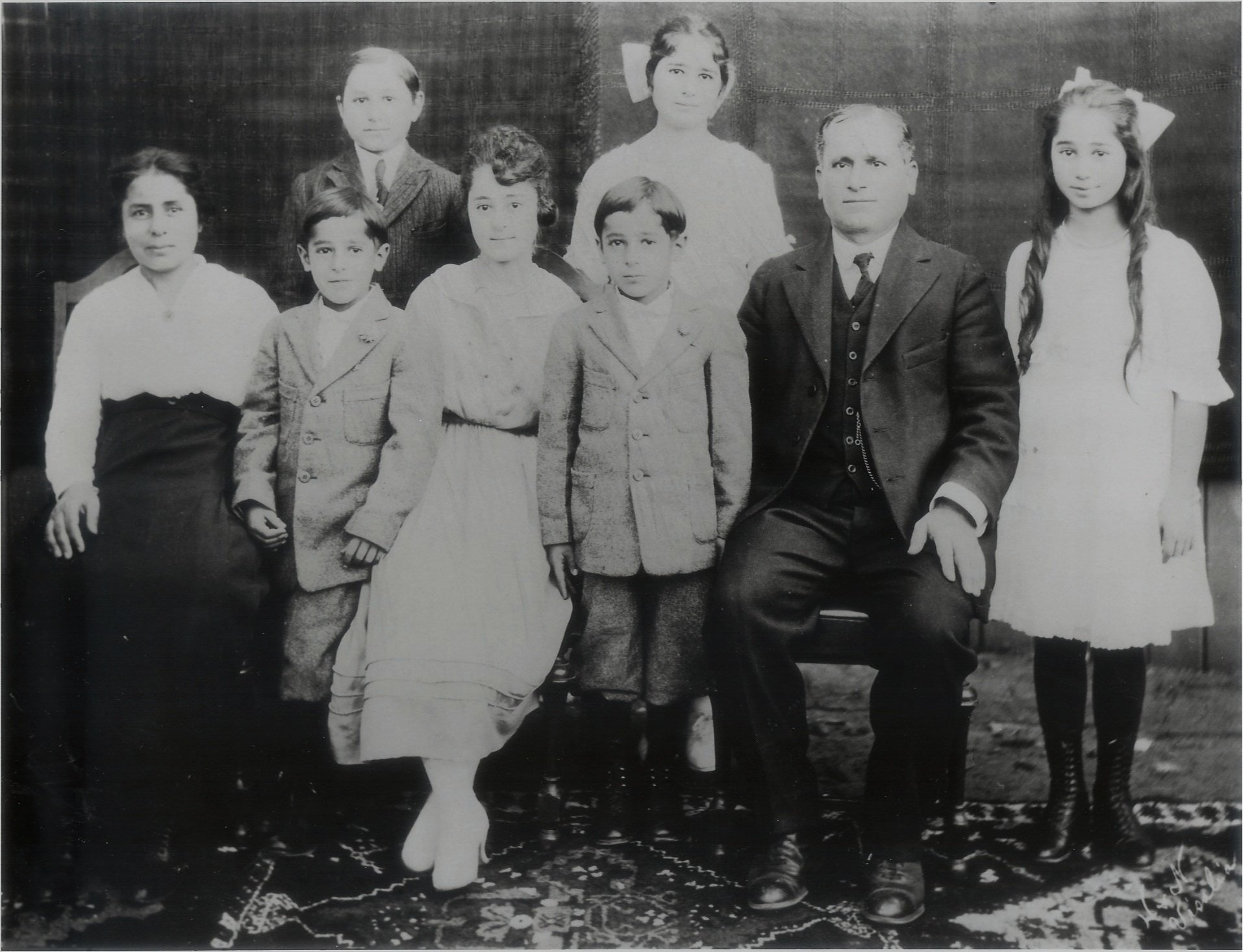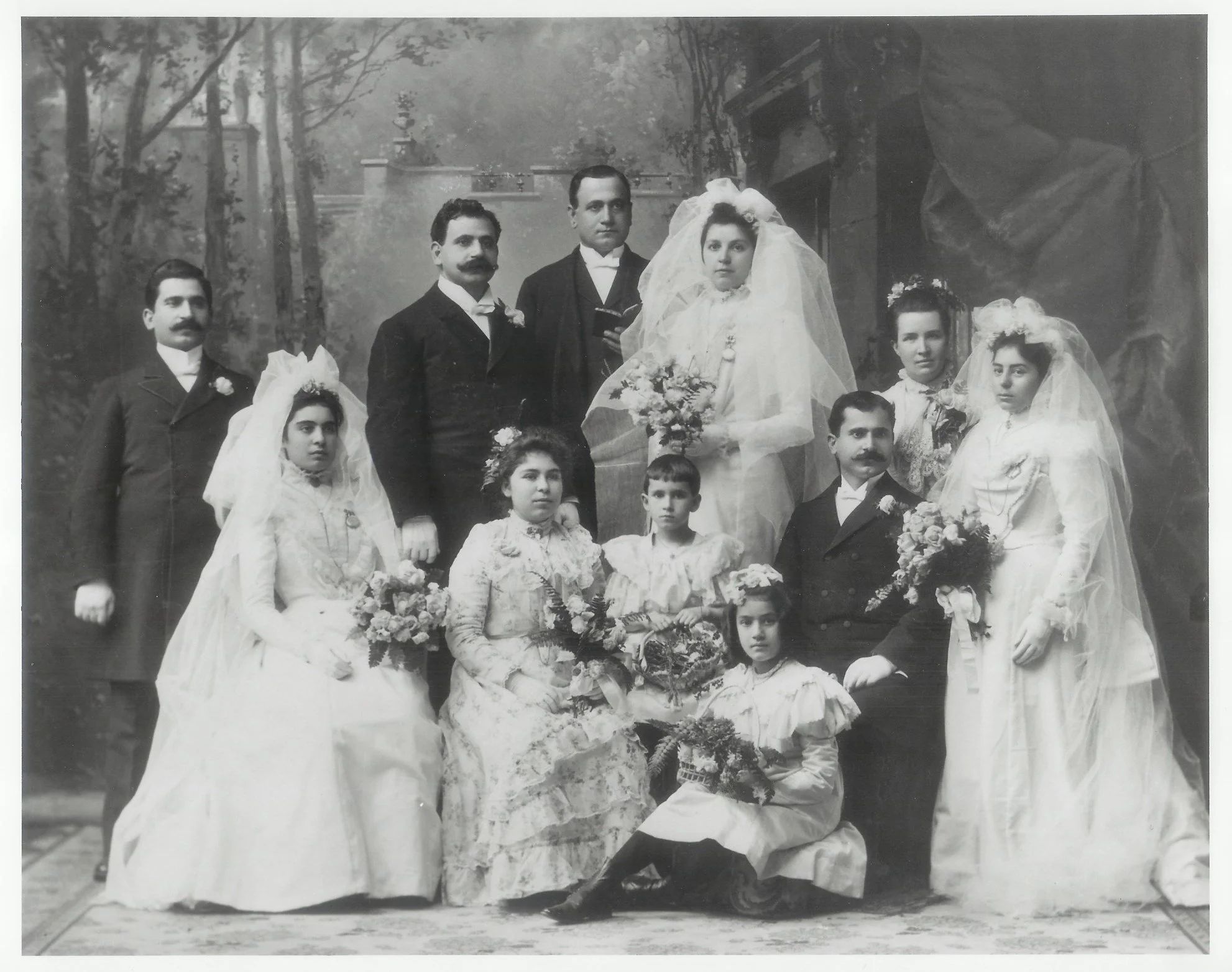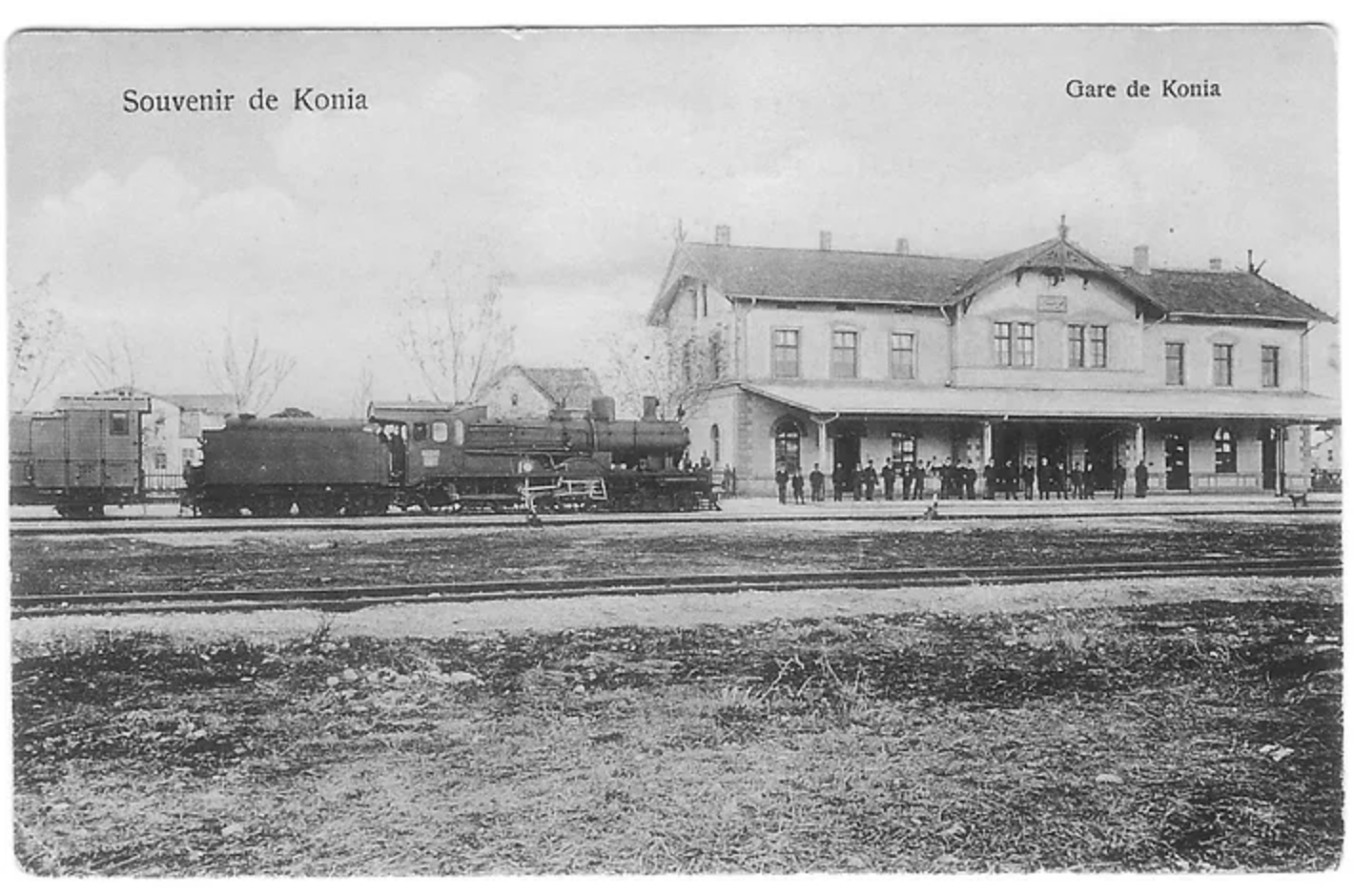
What Happened?
The Genocide actually occurred in 3 Major Waves from 1894 to 1915. Turkey and the United States still have not formally acknowledged it as Genocide. Leaders who do refer to it as Genocide find themselves in a precarious position as the policy of denial continues in Turkey.
Hamidian Massacres: 1894-96, Sultan Hamid becomes known as "The Bloody Sultan" after acts of violence against Armenians and Assyrians. It is estimated anywhere from 80,000 to 300,000 were killed during this period and 50,000 children were left orphaned.
The Adana Massacres: These occurred in the Adana Vilayet in April of 1909 resulting in upwards of 30,000 deaths of Armenians and Assyrians.
The Armenian Genocide: On April 24th 1915 the Ottoman Government began a systematic campaign to extinguish the Armenian population with their first act - rounding up Armenian intellectuals. It is estimated that upwards of 1.5 million Armenians, Greeks and Assyrians died in this massacre.
In the 1800's, Armenians were a mostly Christian minority in Asia Minor, also known as Anatolia, under rule of the Ottoman Empire. The geography is very similar to the footprint of modern day Turkey today.
Here are some of the historical events, many of which are included in the novel Reclaiming Konia*:
*Anatolia, Asia Minor, and the Ottoman Empire all refer to the same geography which is mostly the current footprint of modern-day Turkey. Iconium is another word for Konia which is a current city in Turkey that is now spelled "Konya."
The Jenanyans
The Jenanyan legacy is deeply rooted in their profound contributions to education and faith in Asia Minor. At the heart of this legacy is Saint Paul's Institute at Tarsus, a beacon of enlightenment and hope established by Harutune and Melkon Jenanyan. This institution's founding is a testament to their vision, as recognized in historical records, including the Tarsus American College's Wikipedia page, where Harutune S. Jenanyan is honored as one of its pioneering administrators in 1888.
The journey of the Jenanyans is marked by remarkable encounters and generous support, notably from Colonial Shepherd in the New York area, who became an instrumental benefactor for St. Paul's Institute, committing an astonishing $100,000 per year. This pivotal moment is vividly chronicled in Harutune's book, "Harutune or Lights and Shadows in the Orient," showcasing the international connections and impact of their mission.
Furthering their profound influence on religious and community life, Melkon and Semma Jenanyan embarked on a mission to Anatolia, laying the foundations for the first Protestant Church in the region. Their work not only spread their faith but also fostered a sense of community and resilience among the people they served.
The narrative of the Jenanyan family is also one of personal sacrifice and resilience in the face of adversity. Harutune Jenanyan's passing in 1907 preceded the harrowing waves of massacres against Armenians in the Ottoman Empire, marking a poignant moment of loss and change. Melkon Jenanyan, living until June 18, 1956, carried the weight of these memories, remaining silent about the Genocide until his story was revisited in "Reclaiming Konia."
Through "Reclaiming Konia," the silence is broken, and the story of the Jenanyans is brought to light, celebrating their indelible mark on history, culture, and the spirit of a people striving for education, faith, and identity against the backdrop of a tumultuous era.
NOTE FROM THE AUTHOR
“Elsie Jenanyan was my grandmother. I never had the chance to meet her because she died before I was born.
Melkon Jenanyan, the main character in Reclaiming Konia, was her father, my great grandfather.
My Uncle Bill and Auntie Rose both never married and lived together in Eagle Rock, CA. They became just like our grandparents since both parents on my father's side passed away at very young ages.
Melkon was adamant about leaving the old world behind, so even though he wrote sermons in Turkish and Armenian, he refused to teach his children either language. My Uncle Bill would say a word followed by "I don't even know if that is Turkish or Armenian."
Growing up, we did eat lahmajoun (dough covered with minced meat) and kofta balls (bulgur wheat filled with ground beef). I have personally handmade sarma (stuffed grape leaves) with my father.”
-Heather Martin
Author of Reclaiming Konia
The Philadelphia Wedding
Four Brothers, Three Weddings: On November 22 in 1899, Melkon's older brother Harutune Jenanyan, an ordained Minister, married three of his brothers - James, Moses and Melkon Jenanyan.
The Evening Telegram
December 4, 1899 in Philadelphia
The Article about the wedding: "Here's Romance: Three Armenian Sisters Marry Three Brothers"
The Photo depicts the wedding party, from left to right:
James, Zarouhi, Moses, Harutune, Maude, Helene, Semma. Front row, left to right: Ozana, Helena, Grace, Melkon
Nearly eight years before publishing "Reclaiming Konia" in December 2015, I felt compelled to write what would become the novel's introduction, drawing from a lifelong passion for writing and a dream to author a novel. This endeavor felt different, driven by a seemingly destined force. This was confirmed when, after drafting the novel's opening, I discovered postcards of Konia among my Auntie Rose's belongings, sparking a journey of diligent research and writing about the Armenian Genocide.
Despite initial challenges, including a rough first draft and personal and professional setbacks around the 2009 economic downturn, I remained dedicated. This period of struggle was transformative, teaching me invaluable lessons and ultimately leading me to the 90 Day Novel Course with Al Watt. With his guidance, I completed "Reclaiming Konia," a project that became a manifestation of a deeply personal and ancestral narrative.
"Reclaiming Konia" intertwines my destiny with that of my great-grandfather, Melkon Jenanyan, and the collective memory of Armenians affected by the Genocide. Writing the novel, I felt Melkon's presence as a guiding force, culminating in a book that concludes with his words, symbolizing our shared journey.
This novel is not just a fulfillment of my writing aspirations but a tribute to Melkon's untold story and the broader Armenian experience of survival, trauma, and the quest for recognition and justice. I hope Melkon's story, and by extension this book, contributes to the acknowledgment of the 1915 events as Genocide and fosters a greater understanding of the enduring impact of such atrocities.
MY JOURNEY TO THIS NOVEL











